so are you having trouble with your Labrador and they just simply won’t stop chewing and they destroying everything in the home well in this article we’re going to talk about that and hopefully be able to help you overcome.
I do get a lot of requests for works with so many different breeds and what I find really interesting is I can start to notice themes that come up over and over again with certain breeds and when it comes to the Labrador by far and away the most common request I get for help with behavior modification or behavior rehabilitation is around Labradors chewing and destroying things in the home especially younger Labradors from puppy through to adolescence now I personally have a working Labrador Sulley and I can attest that even as myself as a canine behaviorist Labradors can be a nightmare when it comes to chew it.
we have lost two dining room tears to our Labrador we’ve lost that carpet to a Labrador and we’ve lost the two bottom steps of our staircase to our Labrador as well as the windowsill on the window that’s on the staircase all from having those momentary lapses of judgment where we weren’t able to observe the Labrador when it was a puppy or not putting it in its play pen when we popped out to run errands so I have extensive experience not only professionally and helping people overcome these behaviors but I can promise you I have plenty of personal experience and just have four straight in and Labradors chewing can be so let’s break down what it is that we can do to help you overcome this and there’s definitely a few steps and it kind of depends on what stage of chewing your Labradors in now if they’re still a young puppy it’s completely normal for them to chew all puppies at even they explore the world with their mouths they don’t have hands and forms the way that we do so everything goes into their mouth and it can be a very challenging time especially with Labradors are those little rays the teeth that they can have whether that’s chew in your hand or whether it’s chewing things that you don’t want them to and in those situations I recommend the process called correct redirect reinforce now correct doesn’t mean any kind of physical correction it’s simply a verbal no or or any kind of verbal marker that means stop doing what you’re doing you’re then gonna remove the thing from them that they are chewing that they shouldn’t be so that’s the correct phase we’re then gonna read I wrapped the puppy to choose something that we do want them to chew that toys a Kong anything that you set aside for them to chew and for them to ease their mouth in which if you haven’t got you definitely should and then when they are chewing on those right things we have reinforced so we correct we’ve redirect to the appropriate chewing whatever it is and then we reinforce it positively with praise maybe a bit of an additional food reward but we let them know that yes so we first start with no I don’t want you to chew those things please chew this things yes thank you very much that’s the thing I want you to chew and if you do that consistently over and over again .
Labradors being so smart and being so eager to please you will very quickly learn the things that they should and that they shouldn’t chew so that’s kind of in that typical phase that all Labradors and all puppies usually from all breeds big particular Labradors will go through now with Labradors being retrieval dogs and gun dogs they have that soft mouth feature which tends to mean that their teeth in process can be more severe than with many other breeds now as we move through adolescence once the dog has moved through Tevan those chewing behaviors start to become a little bit more complex and those are usually a couple of reasons for this first of all it might be them simply explore in the world still with their mouths but by now through that consistency we should have been able to redirect them and reinforce some of the things that we do to chew if you haven’t done that that same kind of correct redirect and reinforced process is where we want to be going the second most common reason that Labradors in adolescents and then even in abroad by the way usually when you hit about 18 months to two years you’ll find that your Labrador will start to chew much much less if that isn’t the case or you get in it excessively at the adolescent stage that’s probably a very high likelihood that that has pent-up energy and needs to be released so the best things that you can do to help is to exercise your dog as much as physically possible if you combine exercise really mentally draining them and physically drain in that pent up energy and then you’re providing them the right things that you do want there to chew and utilize in that methodology of correcting them if that’s you in the wrong thing and then redirecting and reinforce it when they are chewing the right things if you’re consistent with that approach and you make sure that you provide in a lot of mental and physical exercise you’ll find that very quickly in Labradors will ease off on that chewing and off on their destructive behavior now while they’re going through this process and all dogs do go through this process and some dogs will relapse some will start to make a lot of kind of progress and then they might take a few steps back while they go through that and at the stage before you can trust them explicitly I then highly recommend that you limit the access of the dog especially when you going out this is why I always recommend crate training a dog crate training isn’t cruel when done properly it’s one of the best things that you can do for your dog and for the happiness but also for the sake of them not destroy in your home and also finding themselves in very dangerous situations if they’re chewing things like wires for example it’s a crate train in a Labrador can be a fantastic tool and then you can utilize either a crate or a pen or if you can trust them in a room like a utility you can put a baby gate up in that utility but that level of confinement can be an excellent tool just to help them get through that process when sometimes they just simply can’t help themselves we as good canine leaders need to be able to step in put in rules boundaries and expectations to help set them up for success then when they achieve that success we can reinforce and praise if we do the wrong things and we have to high expectations we might be set in our dog to fail and that’s not the dog’s fault it’s always our fault so it’s good karma sance consistent canine leaders we need to set our Labradors up for success and the praise and reinforce that success if even with that level of confinement they still end up accidentally chewing the wrong things that simple process of correct redirect and reinforce is excellent it’s not physically punitive it’s not harmful in any way it’s just a good way to communicate with our dogs not only the thing that we do want but being able to communicate that no sorry I don’t want you to do that and you need to listen to me because I am in charge I am your calm consistently you don’t if you take that approach consistently.
I promise you you will get through this phase but understand you are not alone and pretty much every Labrador owner in the world can attest and will have some kind of dramatic story to them destroying something usually when we look back in hindsight it can be quite funny but at the time it can have people pulling their hair out so don’t give up stay calm stay consistent and be a good leader .

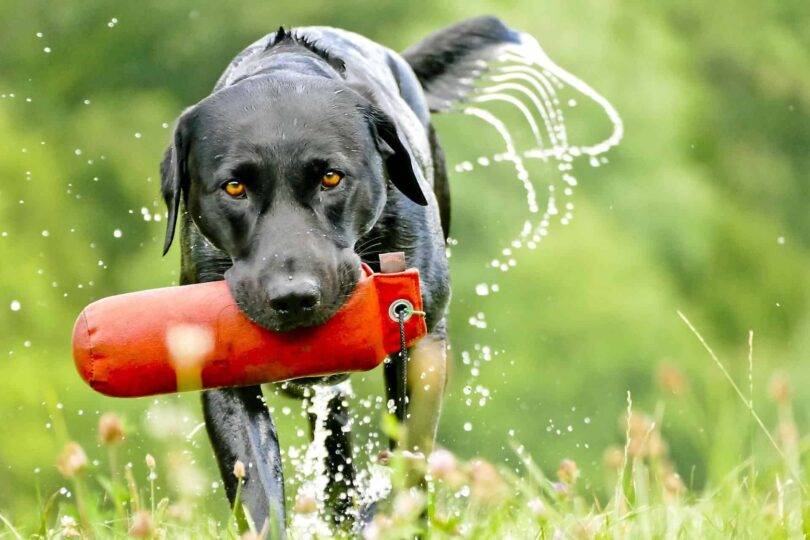

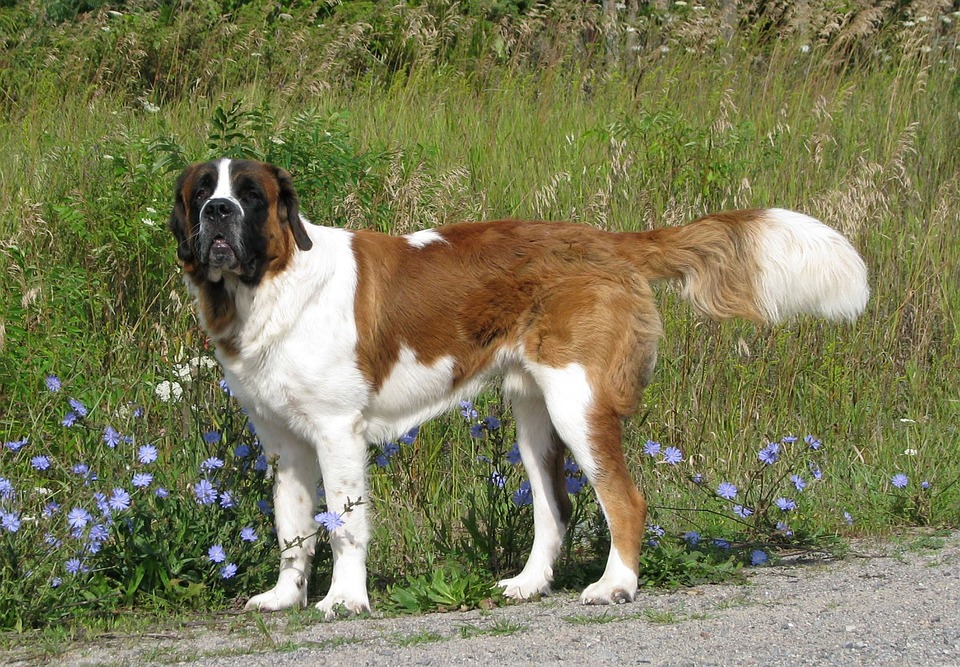
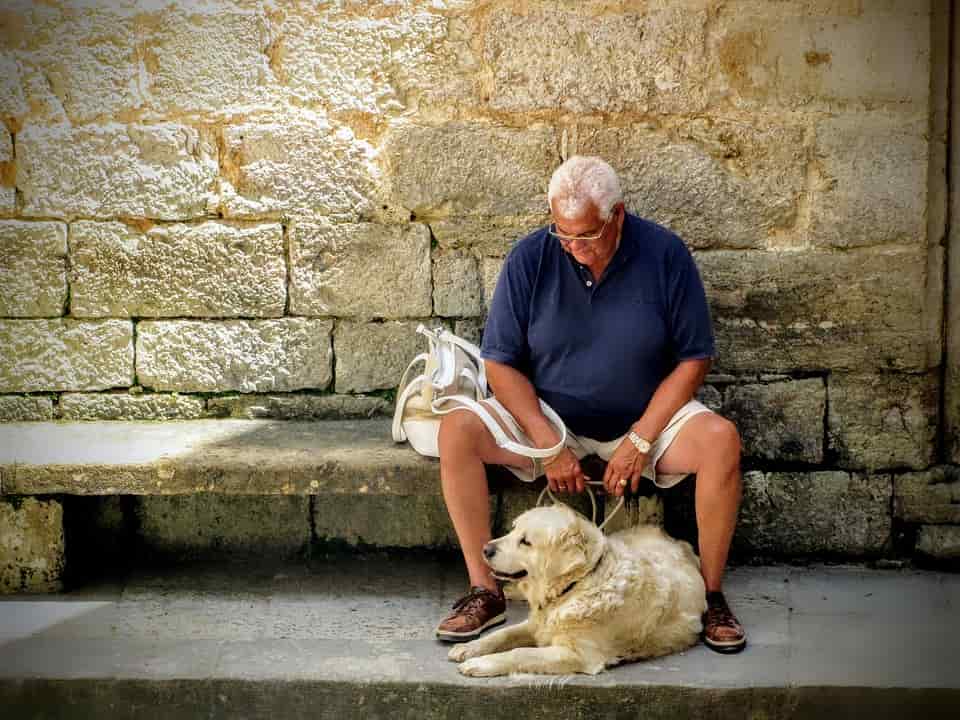
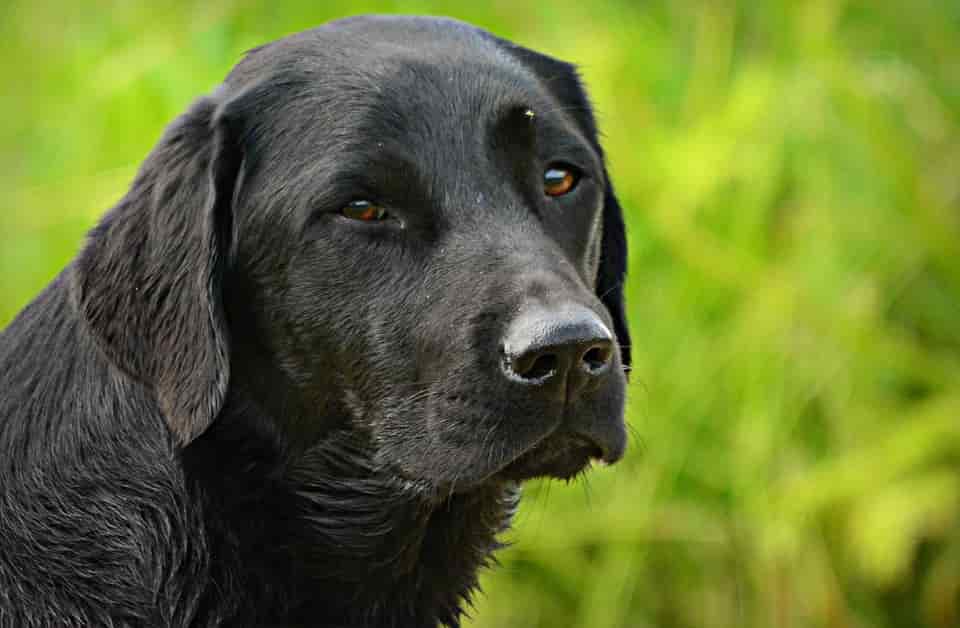
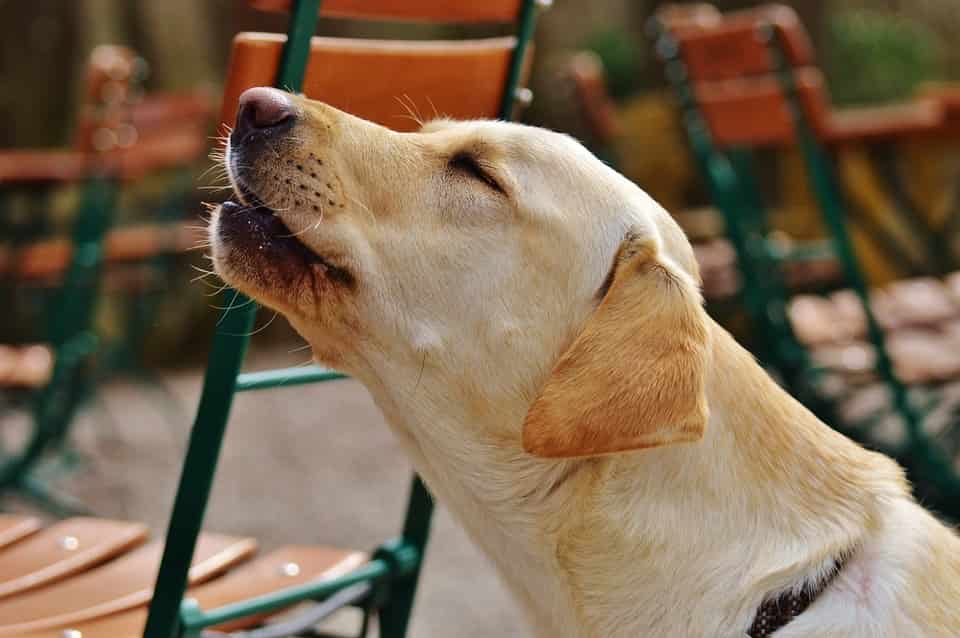
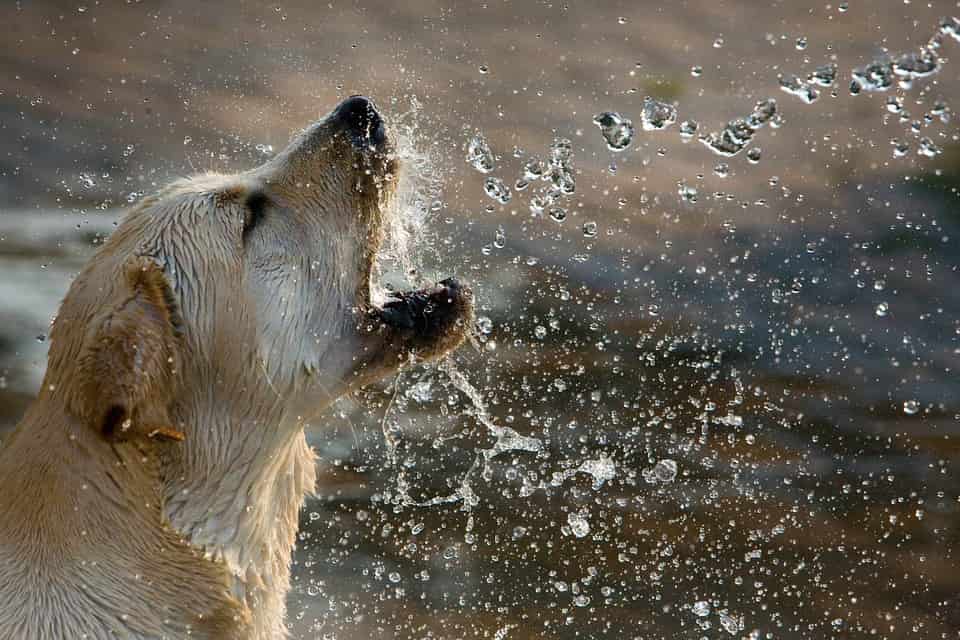
Leave a Comment